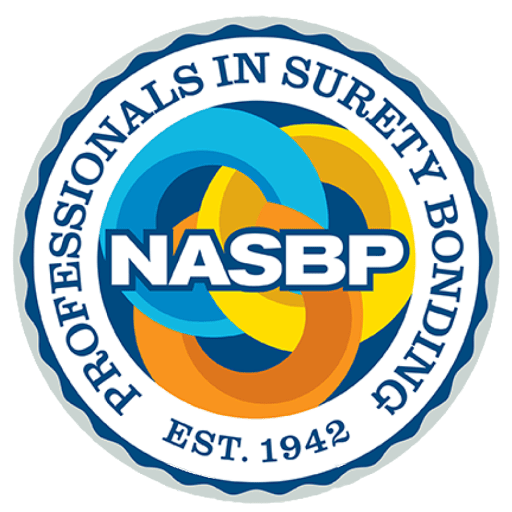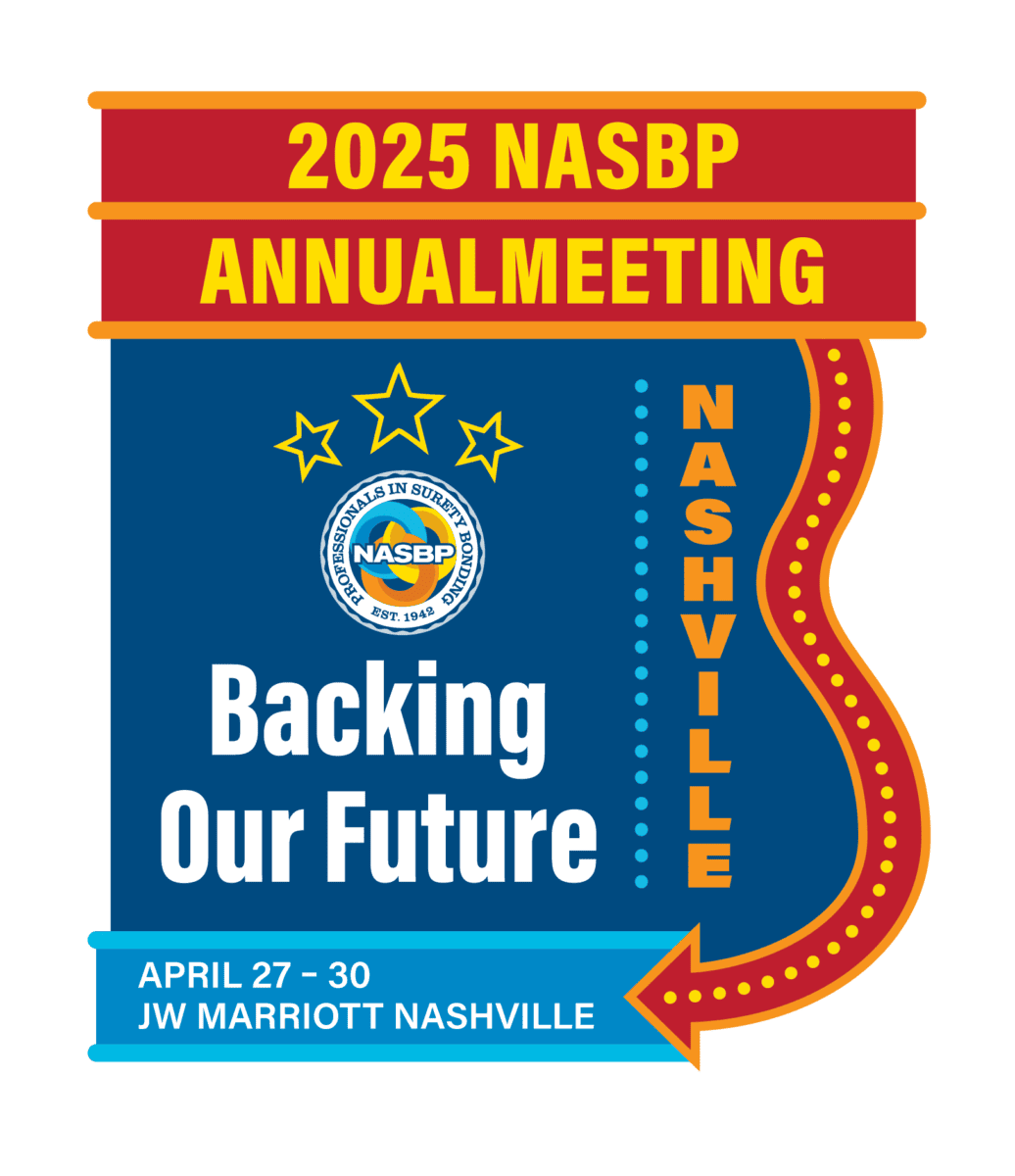PPP Loans—Accounting and Reporting Issues
 Many contractors are in the process of applying for forgiveness of their Small Business Administration (SBA) Paycheck Protection Program (PPP) loans or may have already applied for forgiveness and are waiting on approvals of forgiveness from their bank and the SBA. Given the materiality of the PPP loans to many contractors’ financial statements and the impact that forgiveness would have on current year results, it is important to understand the current guidance on when and how forgiveness can be recorded.
Many contractors are in the process of applying for forgiveness of their Small Business Administration (SBA) Paycheck Protection Program (PPP) loans or may have already applied for forgiveness and are waiting on approvals of forgiveness from their bank and the SBA. Given the materiality of the PPP loans to many contractors’ financial statements and the impact that forgiveness would have on current year results, it is important to understand the current guidance on when and how forgiveness can be recorded.
Before we dive into the accounting and reporting rules, it would be good to step back and look at the big picture on the economics of the PPP loan on a contractor’s financial statement. As an example, let’s say a contractor has obtained a $2 million PPP loan, the covered period ended October 31, and the contractor has submitted its forgiveness application with its bank as of November 15, which shows it will receive full forgiveness based on the allowable expenses spent during its covered period. The contractor has a December 31 year-end and wants to understand if it can record the $2 million as forgiveness income on its year-end financial statement. The following will discuss what the current accounting guidance indicates will be the appropriate accounting.
Forgiveness Received Prior to Year-End
If the contractor receives full forgiveness from the SBA on its $2 million PPP loan prior to December 31, then the accounting and reporting is fairly straightforward. The contractor will reverse the PPP loan liability recorded when it received its loan and record forgiveness income for the $2 million.
The overall impact is that the contractor has additional income in the current year and shows no liability associated with its PPP loan.
Forgiveness Not Received by Year-End
What happens in this example if full forgiveness has not been granted by the SBA as of December 31? There currently is no appropriate U.S. GAAP accounting that addresses how a for-profit entity should account for a forgivable government loan. However, U.S. GAAP does indicate that, if no specific guidance exists, an entity should look at U.S. GAAP for similar transactions and then consider non-authoritative guidance from other sources.
The AICPA worked with its members and the FASB staff to develop Technical Question and Answer (TQA) 3200.18, Borrower Accounting for a Forgivable Loan Received under the Small Business Administration Paycheck Protection Program, which provided some insights. This document is non-authoritative but provides guidance around the accounting options based on review of existing accounting rules.
The ACIPA guidance narrowed the accounting down to a few options:
- Account for the PPP Loan as Debt (ASC 470)
- Account for the PPP Loan as a Government Grant (IAS 20 and ASC 958-605)
- Account for the PPP Loan as a Gain Contingency (ASC 450)
Debt Approach
The most conservative approach, and one that we expect many contractors will follow, is to treat the PPP loan as debt under Accounting Standards Codification (ASC 470) and leave as debt on the balance sheet until legally released from being the primary obligor by the SBA. Under this approach the liability is classified on the balance sheet as current and long-term based on the required payment dates. Once legal release of liability is obtained from the SBA, the gain from forgiveness of the debt would be presented as a separate line on the income statement, most likely as “other income.” This approach is acceptable in all circumstances and should be used when an entity doesn’t seek to or expect to qualify for loan forgiveness or when it has uncertainty around the forgiveness of its loan. In this example the $2 million PPP loan would remain on the contractor’s balance sheet as of December 31 and would be reduced and recorded as income in the following reporting period if and when full forgiveness is granted. If full forgiveness is granted subsequent to year-end, this can be disclosed in the footnotes to the financials.
Government Grant Approach
The guidance in International Accounting Standards (IAS) 20, Accounting for Government Grants and Disclosures, provides an accounting model for government grants and has been used to account for government grants received by for-profit business entities. IAS 20 is based on international accounting standards, which aren’t GAAP but are analogous to U.S. GAAP. Under IAS 20, proceeds from the PPP loan would be shown as deferred income (liability). If an entity determines that there is reasonable assurance (similar to probable in U.S. GAAP) that it meets the conditions for forgiveness, the deferred income can be recognized as forgiveness income on a rational basis as it spends the PPP loan funds on allowable expenses. IAS 20 allows for the recording of the forgiveness as “other income” in the income statement or as a reduction of the related expenses. The use of the grant approach requires the conclusion that loan forgiveness is probable at all times and loan proceeds will never require repayment, which allows an accounting approach that ignores the legal and contractual status of the loan as debt. In this situation, if the contractor can demonstrate the forgiveness is reasonably assured, it would be able to record the $2 million as income prior to December 31 and reduce the deferred income liability.
FASB ASC 958-605 addresses the accounting for contributions by not-for-profit entities, though it can be used by for-profit entities when appropriate. Under this guidance an entity would record the PPP loan proceeds as a deferred income liability on the balance sheet and recognize income and reduce the liability at the time when all conditions for forgiveness have been substantially met. This approach uses the concept of measurable barriers, and all of these must be substantially met before income can be recognized. This approach has a high hurdle to get over, as not only do all the conditions for forgiveness have to be met but also the SBA forgiveness barrier must be substantially met before income can be recognized. Given the early stages of SBA approvals on PPP loans, this barrier may be a difficult one to overcome. If a contractor can demonstrate that all measurable barriers have been overcome, it would be able to recognize income prior to December 31 and reduce the deferred income liability.
Gain Contingency Approach
The third option is to view the forgiveness of the PPP loan as a gain contingency, which under U.S. GAAP isn’t recognized as income until realized. Under this model, loan forgiveness would not occur until forgiveness notification and legal release has been obtained from the SBA. This approach is similar to the Debt Approach in that no income can be recognized until legal release from loan obligation is obtained; however, the liability is classified as deferred income versus debt on the balance sheet. In this situation the $2 million PPP loan would remain as a liability as of December 31 and would be recognized as income in the next reporting period if and when forgiveness is obtained.
Conclusion
The final determination of which methodology to use requires significant judgment and an analysis of the fact pattern of each PPP loan situation. The accounting options are complex, as noted above, so consulting with your accounting advisor is highly recommended.
 Julian M. Xavier is the Managing Principal of CliftonLarsonAllen LLP’s Walnut Creek, CA office, where he provides financial statement, consulting, and tax services to the construction niche. He has over 20 years of experience in the construction industry. In fact, prior to joining CliftonLarsonAllen LLP, Xavier spent five years working for a billion-dollar general contractor where he held the position of operations controller. He serves on the NASBP CPA Advisory Council. He can be reached at julian.xavier@claconnect.com or 925.407.2025.
Julian M. Xavier is the Managing Principal of CliftonLarsonAllen LLP’s Walnut Creek, CA office, where he provides financial statement, consulting, and tax services to the construction niche. He has over 20 years of experience in the construction industry. In fact, prior to joining CliftonLarsonAllen LLP, Xavier spent five years working for a billion-dollar general contractor where he held the position of operations controller. He serves on the NASBP CPA Advisory Council. He can be reached at julian.xavier@claconnect.com or 925.407.2025.
Get Important Surety Industry News & Info
Keep up with the latest industry news and NASBP programs, events, and activities by subscribing to NASBP Smartbrief.




